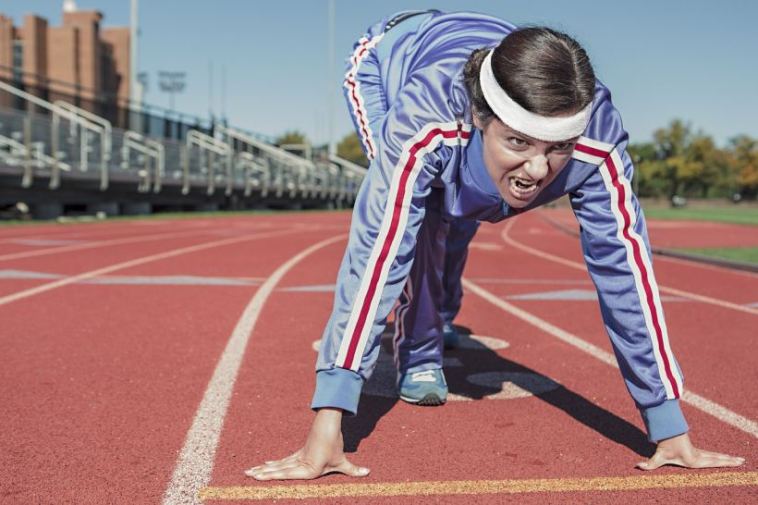- Like
- SHARE
- Digg
- Del
- Tumblr
- VKontakte
- Flattr
- Buffer
- Love This
- Save
- Odnoklassniki
- Meneame
- Blogger
- Amazon
- Yahoo Mail
- Gmail
- AOL
- Newsvine
- HackerNews
- Evernote
- MySpace
- Mail.ru
- Viadeo
- Line
- Comments
- Yummly
- SMS
- Viber
- Telegram
- JOIN
- Skype
- Facebook Messenger
- Kakao
- LiveJournal
- Yammer
- Edgar
- Fintel
- Mix
- Instapaper
- Copy Link
Introduction
Running is a good way to relieve stress, get in shape and lose weight. However, even if you are motivated to run, your motivation can disappear as quickly as it appeared. Running can become complicated and tougher for most people.
More so, your body has to adapt the physical strain and stress of the sport. Below are seven of the common challenges when running and how to address running challenges.
Shortness of Breath
Shortness of breath is common for most people after getting into road running. You get to opt to run slower because it’s hard to breathe. Also, you might find yourself taking some walking breaks in between the runs. One cause of shortness of breath is shallow breathing.
Solution
You must create a breathing pattern that will match your running rhythm. That is, work towards matching the volume of air inhaled to the volume exhaled. You can achieve this by monitoring how you breathe when running. Count your steps and match your breathing to the steps.
Inhale for two steps and exhale for two steps. After a while, this becomes natural and you won’t have to regulate how you breathe.
Sleeping After a Run
New running athletes might lie awake for a long time or have trouble falling asleep. Running is among the best ways of reducing stress; however, the body can remain focused even after a run, thus making it impossible to fall asleep.
The body reacts slowly to any physical stress and the afterburn effect can be pleasant when aiming at losing weight but make it harder to fall asleep.
Solution
The intensity of your runs and your athletics fitness level will determine the afterburn effect. Schedule easier, shorter runs in the evening to decrease the afterburn effect. The evening runs will help your body release stress hormones, thus being able to relax quickly. You should save the intense runs for early afternoon.
Sluggish Running
As a beginner, you might notice that you feel sluggish or heavy when running. It can lead to exhaustion and a lack of spring to all your steps. What you need is a good way of adding some rhythm to your movement.
Solution
Assess your running technique and check for the best ways of improving. Most professionals also improve their running styles thus being able to run efficiently and fast. Try running barefoot on grass and stretch to keep your body flexible.
You should also assess your running shoes. All runners need some reliable shoes that won’t hold them back. Good runner shoes should offer super cushioning and motion and stability control.
Pain on the Feet
After a few runs, your feet can become tense, hurt or become stiff in the morning. Some of the areas where these pains can develop will be on the arch, heel and foot. The pain is also available when standing or walking. The pain develops because your feet have to hold more body weight per step.
Solution
Your feet are crucial for dynamic and efficient running techniques. Conduct frequent mobilization and stability fitness training to strengthen the muscles. You can also alter your running style to change the strain and impact on the body.
Side Stitches
Side stitches are painful, and they can cause you to take longer breaks even when you have enough energy. They are an annoying problem and the main culprit for the problem is your stomach.
Solution
What you eat before a run is crucial. You should focus on breathing better strengthening your core to attain some relief. Also, avoid eating anything a few hours before your run. In case of a stick, you should press your hands where it hurts and walk for a bit. You can continue running at a slower pace when the pain eases up.
Sore Muscles
After each run, your muscles might hurt for a few days and make it hard to accomplish your daily tasks. The pain can start a few hours after a run and last for almost a week. Improper running technique and unfamiliar movement will strain your muscles.
Solution
It’s always fun to begin running and outdo your expectations. However, this isn’t advisable. You should begin slow and increase the intensity of the workout gradually.
Stomach Problems
Stomach cramps are common after and during a run. They occur because your stomach gets shaken up when you run. In return, it puts some stress on your digestion. Different people can react to an unfamiliar situation with cramps.
Solution
Don’t put any additional strain on your stomach before running. You can avoid this by observing what you drink and ear before a run. Being hydrated during a run helps prevent cramps. After your body becomes accustomed to running and learns to cope with any upcoming challenges.
Final Take
Running can be tough at the start but you shouldn’t let any challenges bring you down. It’s a complex activity that’s effective in challenging your body.
About Theresa Duncan
Originally from Detroit, MI, Theresa has been offering health and fitness advice for the last 30 years while working as an engineer. She decided to turn her passion into a profession, and finds nothing more satisfying than helping others reach their health and fitness goals.

